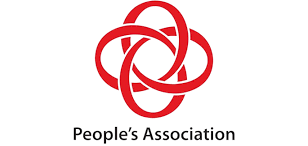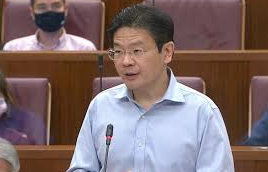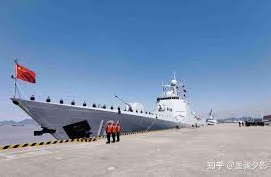Despite its claim to political neutrality, the People’s Association is often entangled in political debates due to its historical and structural ties to the ruling party.
SINGAPORE: The ongoing debate about the political neutrality of the People’s Association (PA) has resurfaced once again. While the PA’s mission is to act as a bridge between the government and the people—ensuring social cohesion and community engagement—it is often caught in political discussions due to its structural connections to the ruling party, the People’s Action Party (PAP).
Minister for Culture, Community, and Youth Edwin Tong recently clarified in Parliament that the PA does not conduct activities with any political party. He was responding to a question from Opposition MP He Ting Ru about the regulation of interactions between politicians, grassroots organizations, and the PA. Despite the PA’s claims of political neutrality, its role in community outreach often sparks debate, especially among those who argue that opposition MPs face additional hurdles in their work due to the PA’s influence.
In his speech, MP Faisal Manap (Workers’ Party) cited examples of how opposition MPs struggle to engage their constituents effectively, with grassroots advisors—who are often from the PAP—dominating the community spaces that should be accessible to all. The presence of PAP candidates in opposition wards, as grassroots advisors, has led to frustrations from opposition MPs who feel sidelined in their own constituencies.
The PA, created in 1960 in response to Singapore’s racial and economic turmoil, has long played a political role, even if inadvertently. It was originally set up to unite the country’s different racial and religious groups, and its community centres served as a way to rally support for the PAP. Today, the PA continues to manage community engagement but is often seen as a tool for consolidating political power.
Despite its non-partisan claims, the PA’s history and leadership—largely composed of PAP members—inevitably cast doubt on its political neutrality. This situation brings into focus the blurred lines between government functions and partisan politics, particularly when the PA’s actions directly affect the political landscape.
Ultimately, the PA’s mission to foster social cohesion and community spirit remains valid, but its role in the political arena, whether intentionally or not, continues to fuel discussions about its true nature. It’s clear that while the PA may not directly engage in political activities, its influence and historical ties to the ruling party make it difficult to claim true apolitical status.








